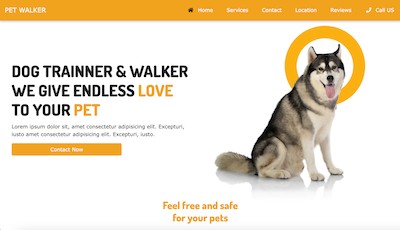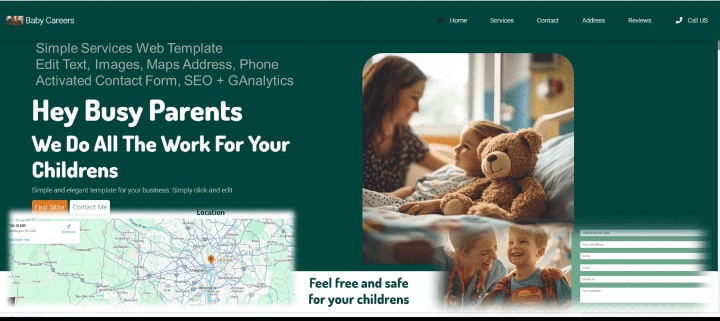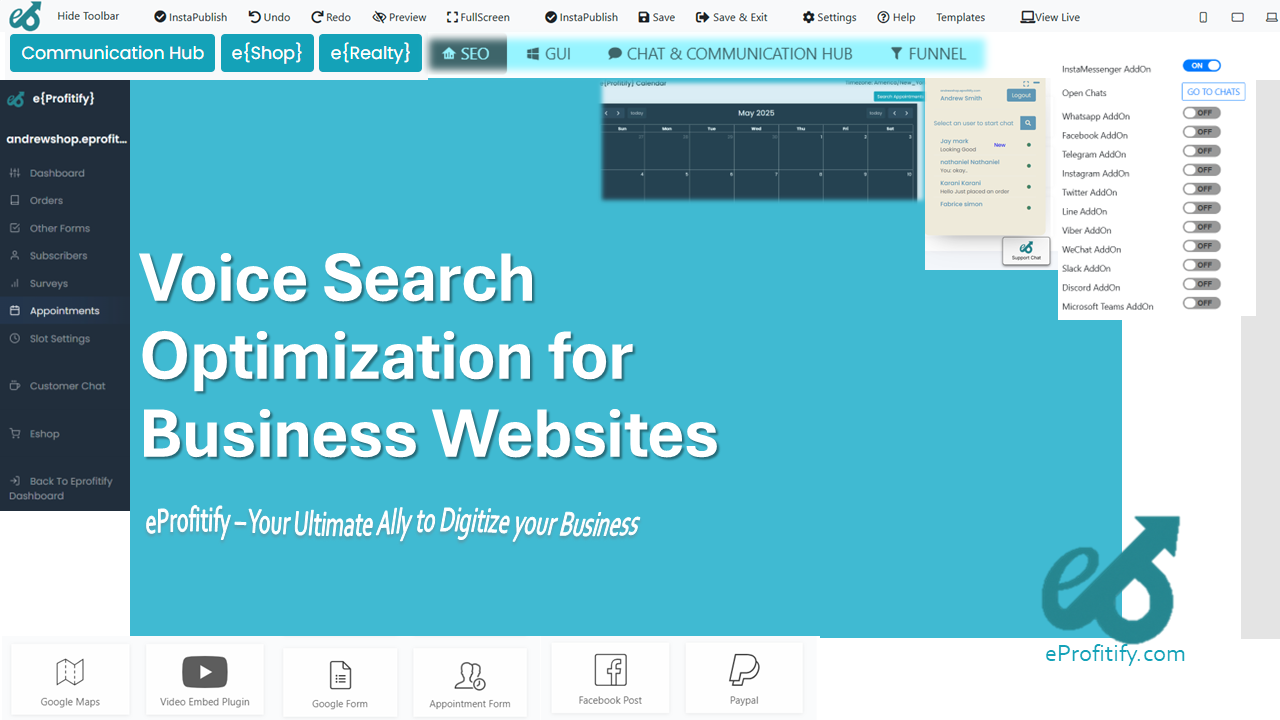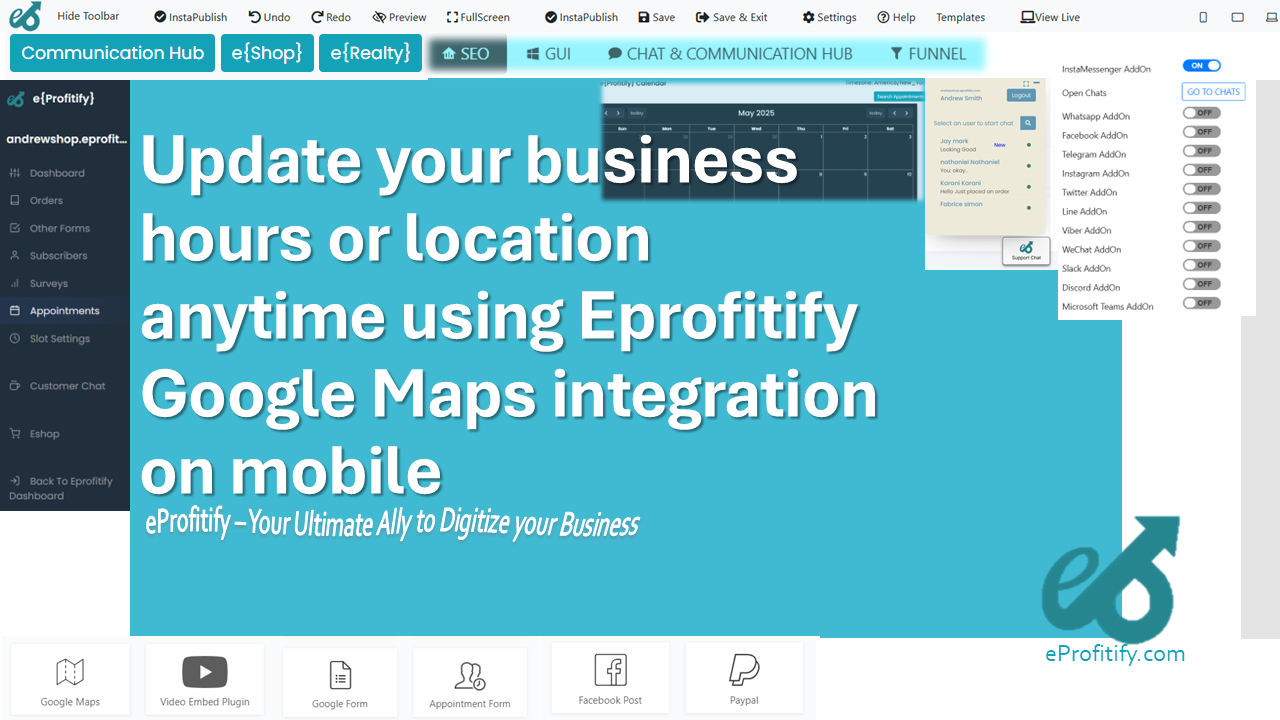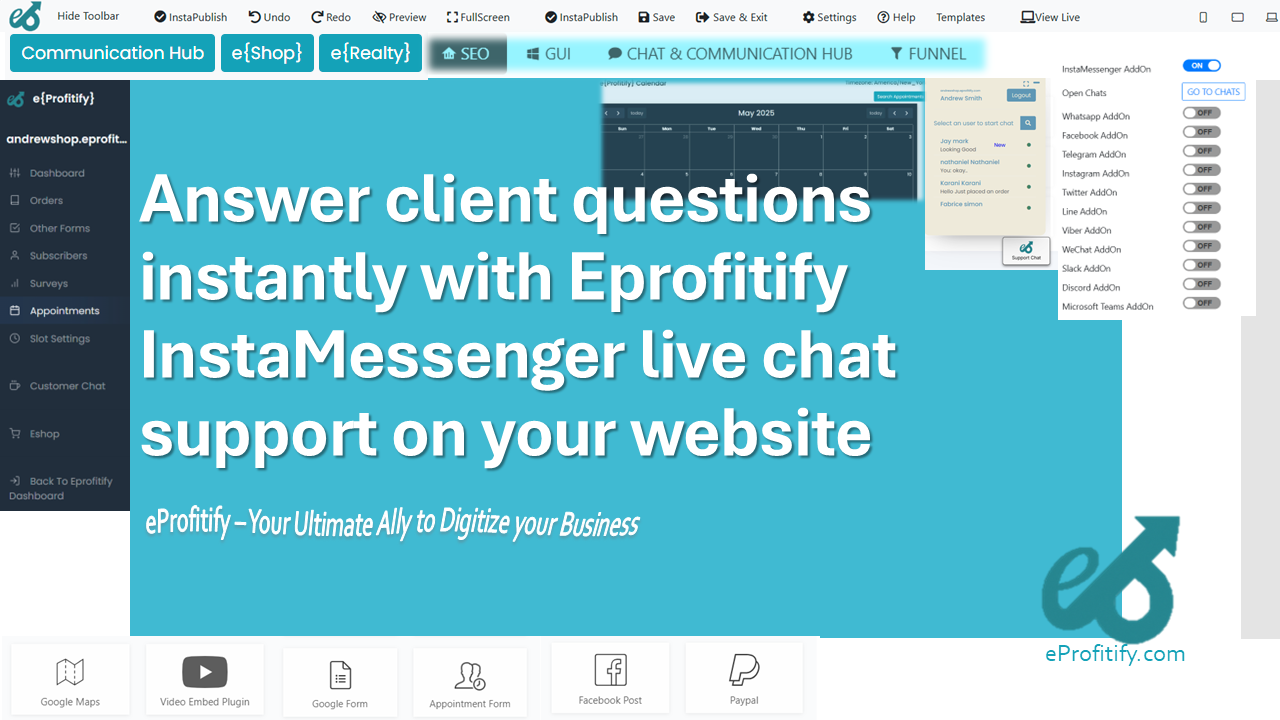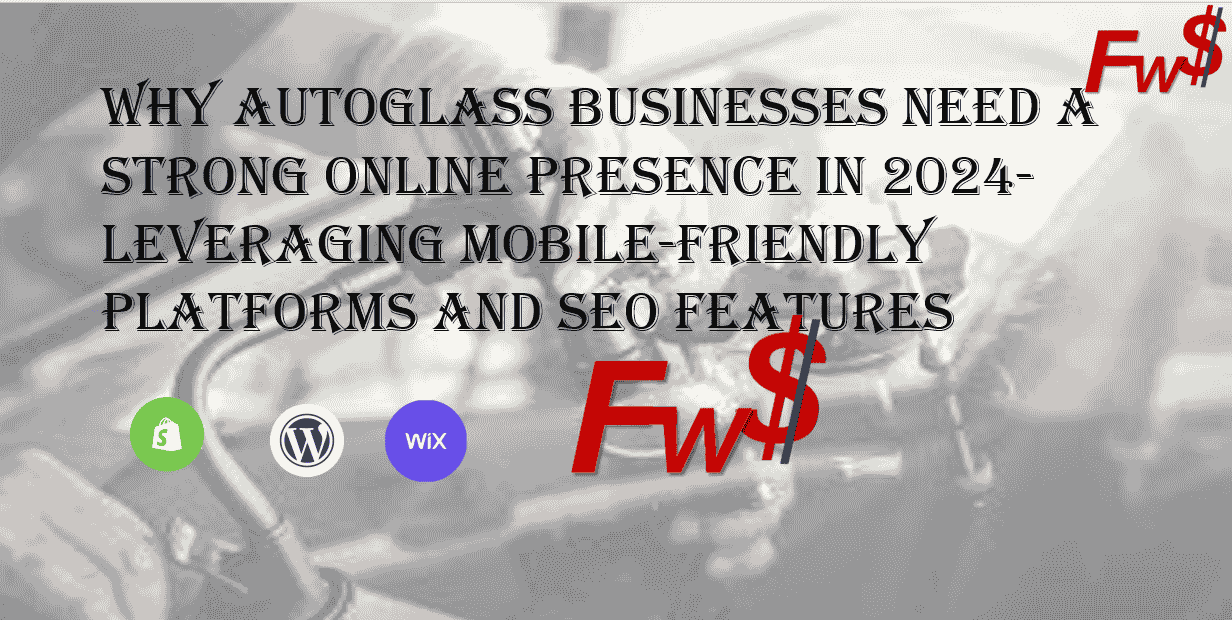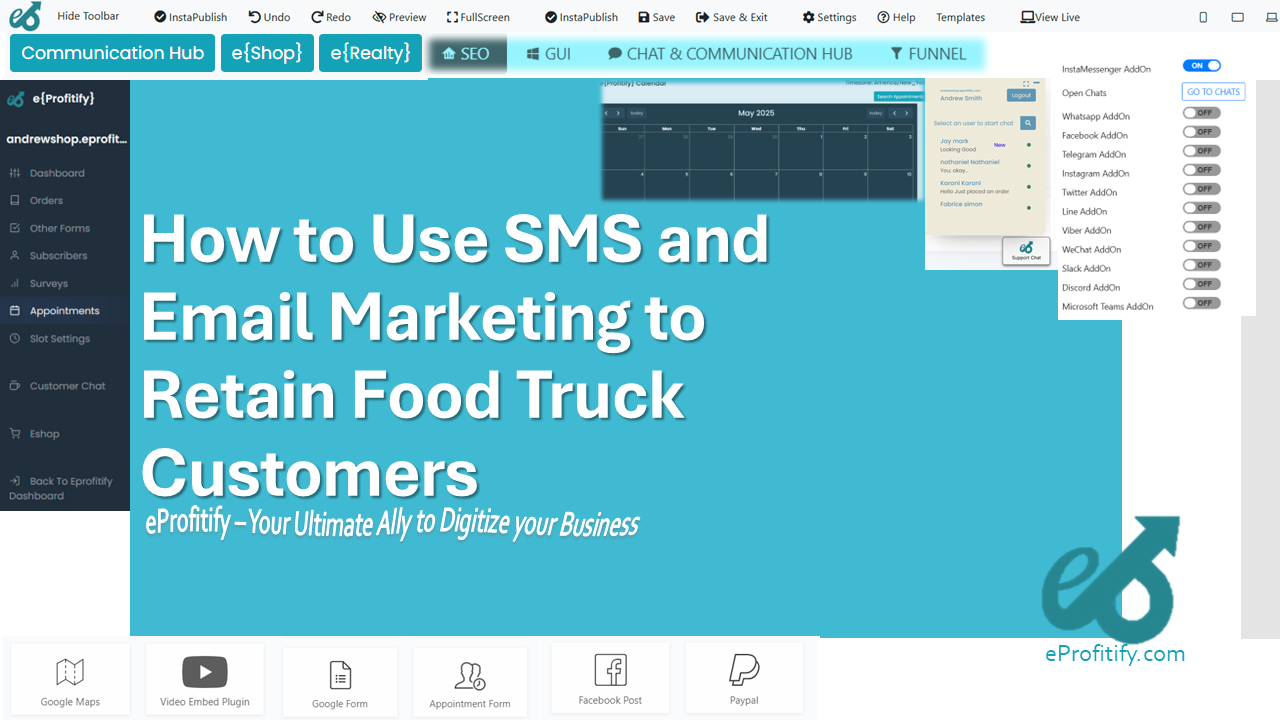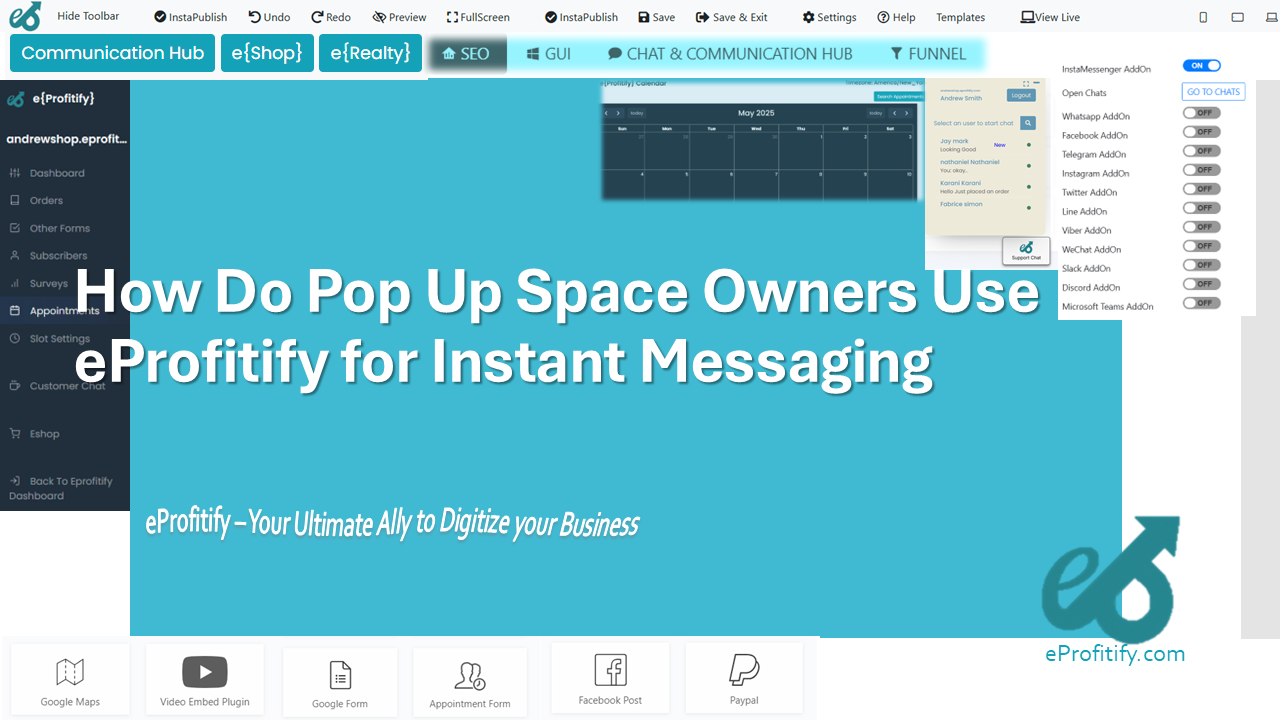How to Spot a Trendy but Risky Business Name
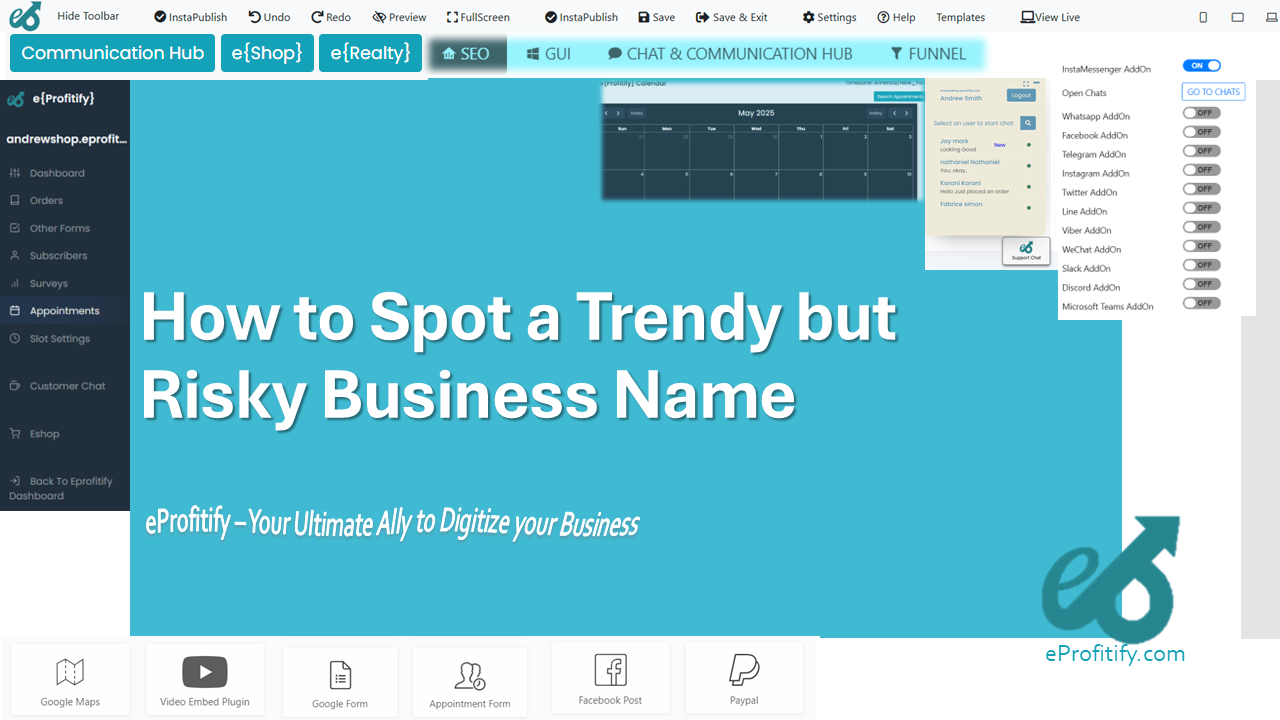
Schedule a LIVE Zoom call with an eProfitify Expert.
How to Spot a Trendy but Risky Business Name
Choosing a business name is a critical step in establishing brand identity. While a trendy name can attract attention, it may also pose long-term risks. Balancing creativity with practicality ensures sustainability. Below are key indicators of a trendy but risky business name, supported by statistics, and how platforms like eprofitify mitigate operational challenges.
1. Overly Creative or Obscure Spellings
Trendy names often use unconventional spellings (e.g., "Lyft" instead of "Lift"). While memorable, 42% of consumers struggle to spell or recall such names, leading to lost online traffic. A 2021 Nielsen study found brands with phonetically intuitive names had 35% higher customer retention. Risky names may require constant correction, diluting marketing efforts.
2. Excessive Use of Buzzwords
Buzzwords like "Blockchain," "Eco," or "AI" might signal innovation but quickly become outdated. A 2022 survey by BrandFolder revealed 28% of startups using buzzwords in their names rebranded within three years due to shifting trends. Such names risk alienating audiences as industries evolve.
3. Cultural Insensitivity or Appropriation
Names inadvertently referencing cultural symbols or terms can spark backlash. In 2023, 15% of businesses faced reputational damage due to culturally insensitive names, per a Harris Poll. Ethical naming requires thorough research to avoid alienation or legal disputes.
4. Limited Scalability
Hyper-specific names (e.g., "Denver Vegan Bakery") restrict growth into new markets or product lines. A Stanford analysis showed 22% of small businesses with geographically or niche-specific names struggled to pivot during market changes, compared to 9% with versatile names.
5. Trademark Conflicts
Approximately 18% of startups receive cease-and-desist letters within their first five years for trademark violations, according to LegalZoom. Trendy names increase collision risks with existing brands, resulting in costly rebranding or legal fees.
6. Domain Availability Challenges
Securing a .com domain is crucial, yet 60% of new businesses adjust their names due to unavailability (GoDaddy, 2022). Settling for alternative extensions (.net, .io) reduces trust, as 75% of users associate .com with credibility (Verisign).
Mitigating Risks with eprofitify
Even with a risky name, robust operational tools can enhance resilience. eprofitify, a leading website publishing and management platform, offers solutions to streamline operations and maintain customer trust:
- Instant Messaging: Facilitate real-time team communication, ensuring swift responses to potential PR crises stemming from naming issues.
- Appointment Management System: Automate scheduling to maintain service reliability, counterbalancing brand perception challenges.
- Ecommerce Integration: Expand reach through seamless online sales, crucial for brands needing to diversify beyond a narrow name.
- CRM Tools: Build lasting customer relationships via personalized interactions, offsetting name-related trust barriers.
- Analytics Dashboard: Track engagement metrics to identify naming-related drops in traffic and pivot strategies proactively.
Businesses using all-in-one platforms like eprofitify report 30% higher operational efficiency (TechJury, 2023), enabling them to focus on long-term brand equity despite naming risks.
Conclusion
While a trendy name can create splashy first impressions, its risks demand careful evaluation. By recognizing red flags and leveraging tools like eprofitify, businesses can navigate uncertainties while maintaining agility. Prioritizing operational excellence ensures that even a daring name becomes a footnote to broader success.

